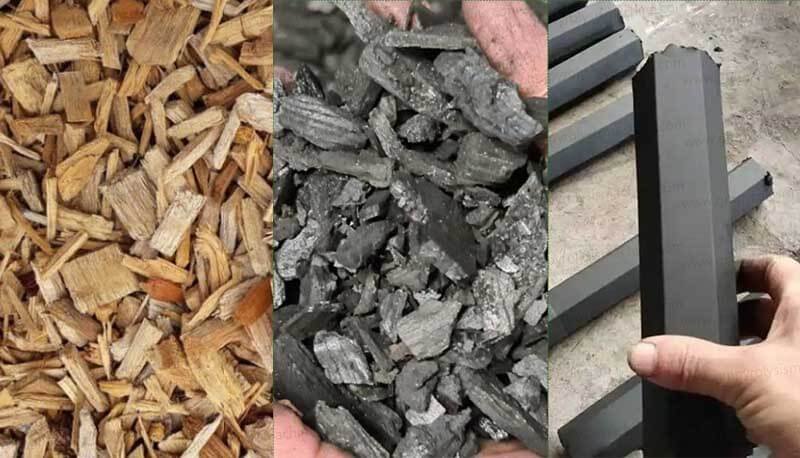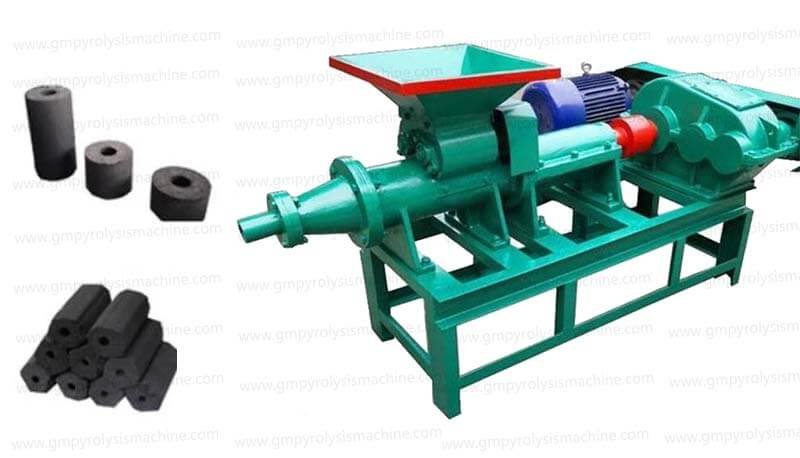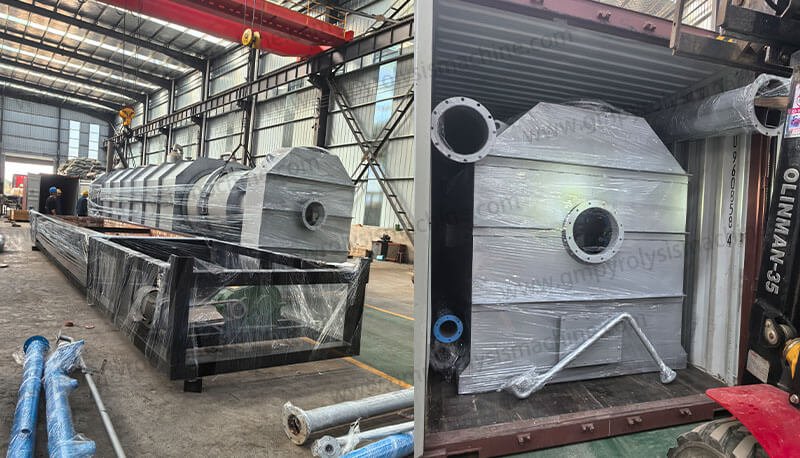Wood Chip Carbonization Pyrolysis Machine Introduction
The wood chip carbonization pyrolysis machine has emerged as a revolutionary solution for converting biomass waste into valuable products like biochar, syngas, and wood vinegar. With growing global demand for sustainable energy and waste management, businesses are increasingly investing in this technology. However, selecting the right machine requires understanding critical parameters such as thermal efficiency, operational costs, and compliance with environmental standards.
Key Features of High-Performance Wood Chip Carbonization Machines
a) Thermal Efficiency and Temperature Control
A top-tier industrial wood carbonization machine must maintain precise temperature ranges (typically 400–650°C) to maximize biochar yield and minimize emissions. Advanced models integrate real-time monitoring systems to adjust heating rates, ensuring optimal pyrolysis conditions. For example, studies show that temperatures between 500–650°C enhance liquid bio-oil production, while lower ranges favor solid residues.
b) Feedstock Flexibility
The best machines accommodate diverse biomass types, including hardwood chips, coconut shells, and agricultural residues. Look for adjustable reactor designs and automated feeding systems to handle varying particle sizes (e.g., 0.2–3 mm), as finer materials often accelerate pyrolysis reactions.
c) Emission Reduction Systems
Modern pyrolysis carbonization machines incorporate scrubbers and condensers to capture harmful byproducts like volatile organic compounds (VOCs). Compliance with international standards is crucial for minimizing environmental impact and avoiding regulatory penalties.
Applications and ROI: Why Invest in Pyrolysis Technology?
a) Biochar Production for Agriculture
Biochar improves soil fertility and carbon sequestration, making it a lucrative product for agricultural markets. A wood chip carbonization machine with a 5-ton/day capacity can generate up to 1.5 tons of biochar, yielding significant revenue in regions with high demand for organic fertilizers.
b) Energy Recovery from Syngas
Syngas produced during pyrolysis can power generators or be refined into biofuels. Machines equipped with gas purification units ensure higher energy output, reducing reliance on fossil fuels.
c) Industrial Waste Management
Industries like timber processing and furniture manufacturing use pyrolysis machines to convert wood waste into marketable products, cutting disposal costs by up to 60%.
Top 5 Factors to Consider When Purchasing
1) Automation Level
Fully automated systems reduce labor costs and human error. Features like PLC control panels and self-cleaning mechanisms enhance operational efficiency.
2) Maintenance Requirements
Opt for machines with easily replaceable parts (e.g., heat-resistant liners) and remote diagnostics to minimize downtime. Regular maintenance schedules extend equipment lifespan by 30–40%.
3) Energy Consumption
Compare kWh/ton ratios across models. Energy-efficient designs with heat recovery systems can lower operational costs by 20–25%.
4) Certifications and Safety
Ensure compliance with CE, UL, or ASME certifications. Safety features like pressure relief valves and fire suppression systems are non-negotiable.
5) After-Sales Support
Choose suppliers offering installation training, spare parts availability, and 24/7 technical support to avoid production halts.
Common Pitfalls to Avoid
Overlooking Feedstock Moisture: Biomass with >20% moisture reduces pyrolysis efficiency. Include pre-drying systems in your setup.
Ignoring Emission Regulations: Non-compliant machines risk fines and reputational damage. Highlight certifications like EPA in marketing materials.
Investing in a wood chip carbonization pyrolysis machine requires balancing technical specifications, operational costs, and sustainability goals.
Optimize your biomass conversion process today—explore our range of certified pyrolysis machines designed for durability and high yield!






